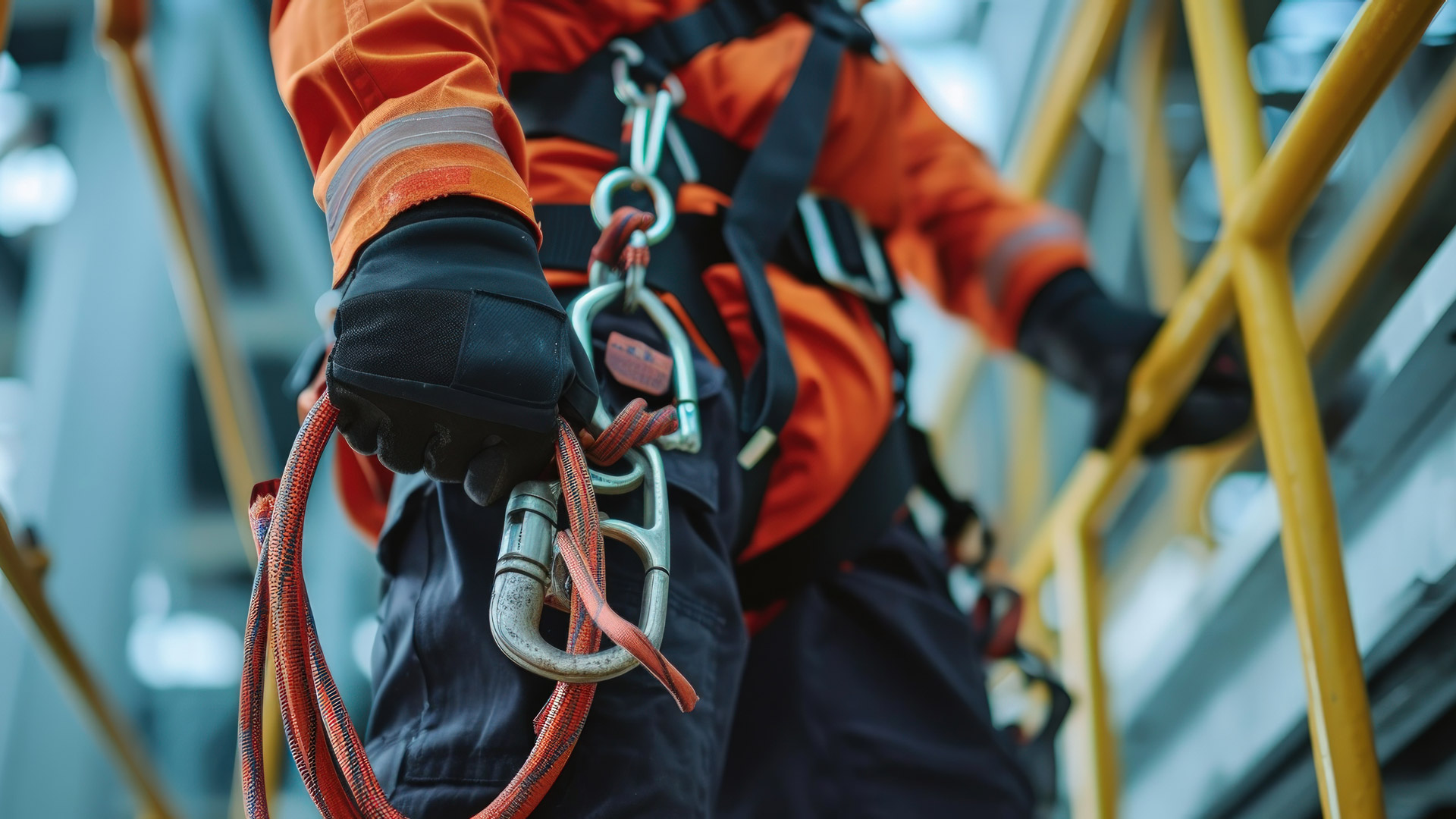The HSE has released its annual figures for the number of work-related fatalities in 2019/20, as well as the number of people known to have died from the asbestos-related cancer, mesothelioma, in 2018.
The provisional annual data for work-related fatal accidents revealed that 111 workers were fatally injured at work between April 2019 and March 2020 (a rate of 0.34 deaths per 100,000 workers), the lowest year on record. This represents a fall of 38 deaths from the previous year, though it is likely that this fall was accentuated by the impact of coronavirus (COVID-19) on the economy in the final two months of the year.
In line with previous years’ fatal injury statistics, these figures do not include deaths from occupational disease. COVID-19 infection is therefore not part of these figures and will not feature in fatal injury statistics in subsequent years, but rather in separate statistics.
While there has been a long-term reduction in the number of annual fatalities (the number has almost halved in the last 20 years), aside from the current fall, the number has remained broadly level in recent years.
Following the release, HSE’s chief executive, Sarah Albon, said:
“No one should be hurt or killed by the work they do. In these extraordinary times, we have seen many workers risking their lives to help others during the coronavirus outbreak. Although these statistics are not a reflection on COVID-19 related loss of life, it is a pertinent time to reflect.
“Every workplace fatality is a tragedy and while we are encouraged by this improvement, today’s statistics are a reminder that we cannot become complacent as we look to continue to work together to make Great Britain an even safer place to live and work.”
The new figures show the spread of fatal injuries across industrial sectors:
- 40 fatal injuries to construction workers were recorded, accounting for the largest share. However, over the last five years the number has fluctuated. The annual average for the past five years is 37. The annual average rate over the last five years in construction is around four times as high as the all-industry rate.
- 20 fatal injuries to agricultural, forestry and fishing workers were recorded, the lowest level on record. Despite this fall, this sector continues to account for a large share of the annual fatality count. It has the highest rate of fatal injury of all the main industry sectors, around 18 times as high as the all-industry rate.
- Five fatal injuries to waste and recycling workers were recorded. Despite being a relatively small sector in terms of employment, the annual average fatal injury rate over the last five years is around 18 times as high as the all-industry rate.
Albon continued:
“These statistics remind us that in certain sectors of the economy, fatal injury in the workplace remains worryingly high. Agriculture, forestry and fishing accounts for a small fraction of the workforce of Great Britain, yet accounted for around 20% of worker fatalities in the last year. This is unacceptable and more must be done to prevent such fatalities taking place.
“Work-related deaths fracture families, they shatter communities, and so many of them can be avoided. The work that the HSE does is about more than numbers; we are continually working with duty-holders to ensure that they assess and appropriately manage risk to their employees. These efforts are a vital part of keeping essential services going, particularly as duty-holders adapt to the current circumstances.”
The three most common causes of fatal injuries continue to be workers falling from height (29), being struck by a moving vehicle (20) and being struck by a moving object (18), accounting for 60% of fatal injuries in 2019/20.
The new figures continue to highlight the risks to older workers; 27% of fatal injuries in 2019/20 were to workers aged 60 or over, even though such workers make up only around 10% of the workforce.
Mesothelioma, which is contracted through past exposure to asbestos and is one of the few work-related diseases where deaths can be counted directly, killed 2,446 people in Great Britain in 2018. This is slightly lower than the average 2,550 over the previous five years.
The current figures are largely a consequence of occupational asbestos exposures that occurred before 1980. Annual mesothelioma deaths are expected to fall below current levels for years beyond 2020.
You may also be interested in
RELATED CONTENT
RELATED COURSES

The Emergency first aid course offers learners the skills and knowledge to deal with emergency first aid situations at work.

The Slips, trips and falls course explains the measures that can be implemented to prevent slips, trips and falls in the workplace.

Introduction to health and safety gives learners a basic introduction to managing safety in their workplace.

The Working at height course helps learners understand the dangers associated with working at height and ways to control the risks

The Access Industry Forum (AIF), the forum that represents the principal work at height trade associations and federations, is calling for clearer rep...

New IOSH President Stuart Hughes is calling on the profession to challenge itself to develop new ways of tackling the “unacceptably high” number of wo...

You may not realise it but there’s no legal duty on an employer to carry out an investigation into an incident in the workplace. But, says law firm rr...

Employers are increasingly likely to go unpunished after workplace accidents it seems, as research by Prospect Union reveals the number of investigati...